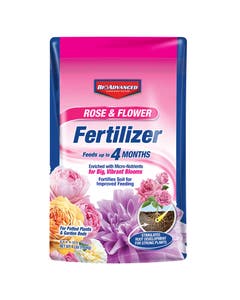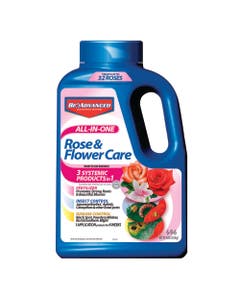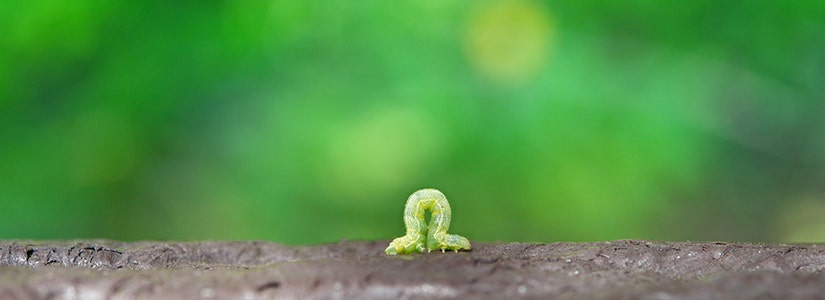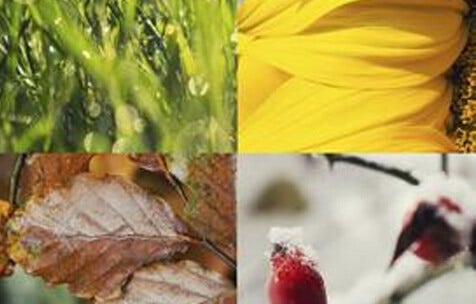

- Home
- Solution Center
- Learn
- Rose & Flower
- Rose Planting: Success In Pairing
Rose Planting: Success In Pairing
Pair landscape roses with complementary plants to design a scene that shines with living color. Perennials, annuals, edibles, herbs and shrubs all blend artfully with roses.
To choose the best rose partners, consider things like bloom time and color, plant form and texture, and foliage color. Make sure your selections require the same growing conditions as roses: plenty of sun, ample water and regular fertilizer. When growing edibles, choose insecticides or fungicides that are labeled for edibles.
Not sure where to start? Give your garden designer appeal with some of these outstanding rose companions.
Frikart Aster (Aster x frikartii) – Lavender-blue Daisies blend beautifully with many rose colors. Self-sows easily. Lovely with Floribunda or Shrub Roses. 24-36 inches tall; 18-24 inches wide. USDA Zones 5-10.
Coral Bells (Heuchera sanguinea) – Colorful foliage unfurls in many shades (amber, chartreuse, burgundy, orange and more). Select varieties that complement or contrast with rose blooms. In warmest regions, plant on the east or west side of roses to shade the crowns of Coral Bells. 6-10 inches tall and wide. USDA zones 3-9.
Daylily (Hemerocallis) – Arching fountains of foliage provide good cover for rose stems. Trumpet-shaped blooms are available in nearly any shade. Dwarf varieties, planted at least 12 inches from roses, offer least competition to rose roots. 18-30 inches tall by 18 inches wide. USDA zones 3-10.
Hardy Geraniums (Geranium species) – Use this mounding plant to disguise the base of rose stems, especially with upright types. Easy-growing, low-maintenance, rabbit- and deer-resistant. 4 inches-4 feet tall; 6 inches-3 feet wide. USDA zones 3-10.
Herbs – Varied foliage color, texture and scent make herbs a natural choice for pairing with roses. With aromatic foliage, many herbs help repel rose pests. Great selections include Lavender, culinary Sages (look for types with colorful leaves), Chives, Borage, Rosemary, Bronze Fennel, and Thyme.
Ornamental Grasses – With narrow, fountain-like foliage, Ornamental Grasses contrast beautifully with roses. Tall grasses stage a dramatic backdrop for upright roses or form a focal point towering over groundcover roses. Excellent grass companions include Purple Fountain Grass, Morning Light Miscanthus and Elijah Blue Fescue.
Penstemon (Penstemon species) – This North American native with upright flower spikes in various hues attracts hummingbirds. Rabbit- and deer-resistant. 2-2.5 feet tall; 1-2 feet wide. USDA zones 2-10.
Salvia (Salvia species)– Flower spikes open in shades of blue, purple, red, white or pink. Use taller types behind or between roses; position shorter forms around rose stems. Rabbit- and deer-resistant. 2-5 feet tall; 2-3 feet wide. USDA zones 4-10.
Silver foliage plants – Silver-leafed plants look terrific with roses because silver makes other colors appear more intense. Use short silver beauties to skirt rose bases; place taller selections between and behind roses for contrast. Try these silver plants: Dusty Miller (pictured above), Artemisia, Lamb's Ears, Lavender, Pinks (Dianthus) or Santolina.
Classic Rose Companions
Other plants frequently added to cover the base of roses include Lady's Mantle, Bellflowers and Bearded Iris. Count on towering Delphinium, Foxglove and Dahlia to fill gaps between rose plants. Add Clematis and bulbs – traditional spring bloomers and summer beauties like Lilies – to extend and enhance the show.
For more information about U.S. Department of Agriculture Zones, click here.
Your local Cooperative Extension office is an excellent source for information on which plants will grow best in your area.





__(1).jpg)









